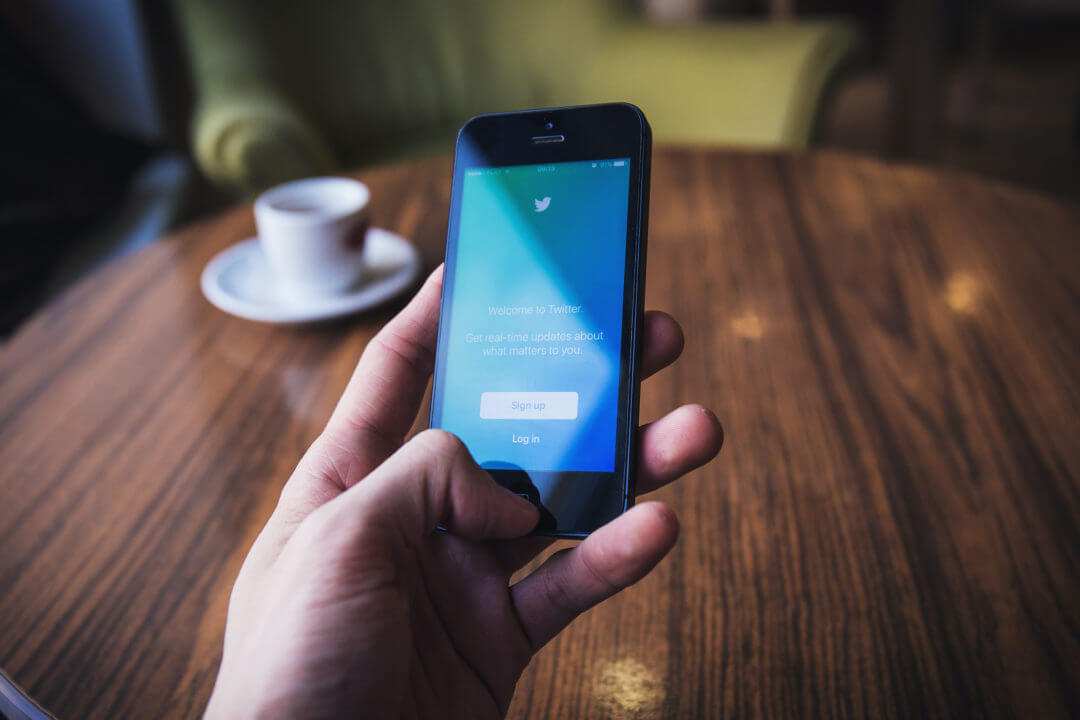Updated on February 14, 2020.
Twitter has been a constant staple in social media and marketing for years now. In recent years, it has started to lose its edge. Twitter is far from obsolete — as seen in its involvement in the past election cycle — yet it is having difficulty keeping up with other social networking sites. To combat these losses, Twitter is taking measures to revamp.
Why Does Twitter Have To Evolve?
Twitter found its initial relevance in its ability to share information instantly. With breaking news, live tweeting, and easier access to the personal lives of celebrities, the social networking site has made news more accessible to the masses. Yet, despite Twitter’s benefits, users are experiencing some serious drawbacks as well.
Twitter has become a platform largely known for its hostility. “Twitter Wars” sweep through the network. It’s become a divisive platform, ripe with online harassment and cyberbullying. The social aspect of the network has been lost because of this. Tweets have turned into vicious attacks by people who are unwilling to listen to the other side.
Twitter is also having trouble in its lack of user growth. It is losing more followers than it gains. This is due in part to the growing importance of the influencer-follower relationship on social media. As more influencers — celebrities, verified accounts, and others — leave the network, their followers leave as well. Users are keeping up with their favorite celebrities on Snapchat and Instagram, rather than Twitter.
The biggest problem for this social media platform is its difficulty staying relevant in the competitive market. Apps like Facebook, Instagram, and Snapchat are constantly adding new features — Facebook’s stories, Instagram stories, Snapchat story explorer… The list goes on. The updates keep those platforms relevant, while Twitter has found itself stuck behind.
Twitter And Videos
One of Twitter’s most devastating setbacks was the fall of Vine. The Vine app exploded among video lovers and younger audiences. Before Vine, video was scarce on other social media platforms. YouTube was the main provider of video content, but Vine made all of that more accessible.
The success of Vine was found in the use of short — six seconds, that is — videos that played on an instant loop. The content was casual. Illustrious users, like celebrities, were more available to the public. The extremely short format was easy for users to consume. If Vine was so successful, how did it so suddenly fall off the map?
Well, once other social media platforms noticed why Vine was so successful, they integrated video into their own apps and “improved” upon it. Snapchat emerged and took over the video app market that Vine had previously dominated. Videos were now 10-seconds long instead of 6, and you could link them together with other videos to create a story. Snapchat created an urgent need for users to watch the videos sooner, with the 24-hour expiration date.
As Snapchat grew, Vine users abandoned the platform. Snapchat’s benefits outshined Vine’s and became more appealing to social media users. Four years after having the once successful app, Twitter shut down Vine completely.
Since the death of Vine, Twitter has had to learn how to stay more relevant among social media video watchers. It’s lengthened videos shared through tweets, from 30-seconds to 140-seconds. And, it is not a coincidence that the new video count matches the character count in tweets. It introduced features like live video, in March 2017.
The live video feature uses Periscope Producer technology, but takes it one step further. Recently, Twitter’s discovery page also highlights popular live streaming events, like political trials and entertainment award shows. By using live video, Twitter is making itself more competitive with apps like Facebook, Snapchat, and Instagram.
How Is Twitter Evolving?
Twitter is making itself relevant again. In addition to the new video content improvements, it is also taking action against complaints about interaction within the app and the way the app functions in general.
In order to minimize online bullying, Twitter is flagging abusive tweets that may offend other users. Some fear this may infringe on some free speech issues. But, others believe the change will be beneficial to the network.
The platform is also taking seemingly smaller measures to appeal to its users’ general annoyances. Last year, Twitter announced it would be making changes to the 140-character count. Users can now retweet or quote-tweet themselves. Pictures, GIFs, and videos no longer affect the character count. Users can mention other users without the “@[username]” affecting the word count either. In fact, users can mention others and let their followers see the tweet on their feed without using “.@[username]” at all.
Twitter is even launching its own program that caters directly to users with slow networks and less data — Twitter Lite. Twitter Lite uses what’s called “data saver mode,” that uses less mobile data than the app does.
“[Data saver mode] can reduce your data usage by up to 70 percent, making it more affordable for you to use Twitter in areas where mobile data is expensive.” – Patrick Traughber (Twitter Blog)
Twitter Lite allows users to access the social medium on the mobile web rather than through the app. Users can still access everything app users can, including the timeline, direct messages, notifications, and more.
Twitter is taking major strides to retain the momentum it gained during election season. Its quick fixes to Twitter Lite follows Facebook Lite, released in early 2015. This competitive strategy reflects the effort Twitter is putting toward evolving in the current sphere.
It’s important for apps and social networks to grow, and it looks like Twitter is working towards making those changes. By listening to its users and learning from Vine, Twitter is on its way to becoming a more accommodating medium for the public. It looks like this social media platform won’t be going anywhere.
Katie Murray, Marketing and Communication at Green Buzz Agency.
Emily Herman contributed to this article.
